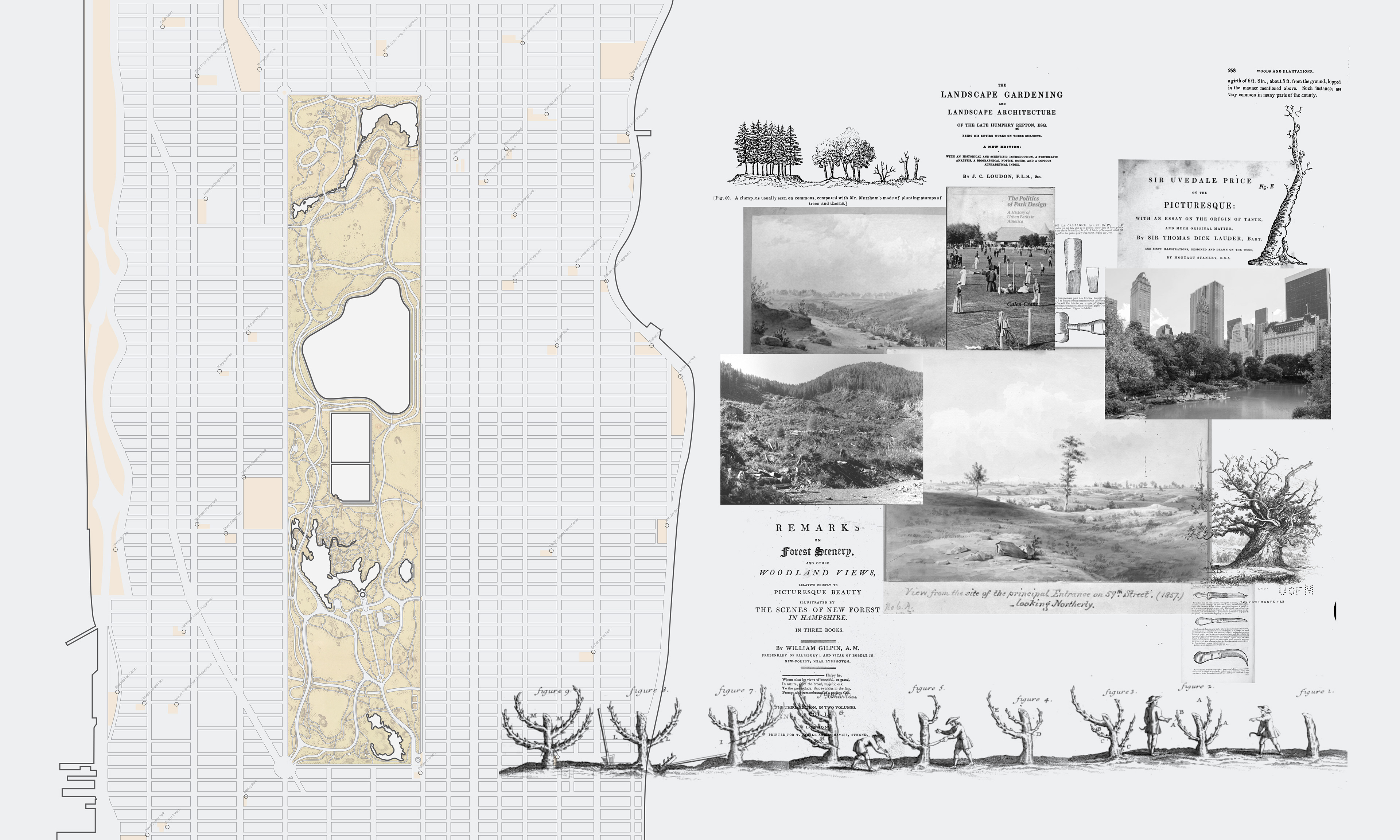Ugly Nature
A tree is utterly indifferent to standing or being cut down.(i) The very last tree on earth will give way to an axe just as easily as any other. Advocacy on behalf of a tree must recognize that nature does not pass moral judgement. Murder, destruction, and vandalism are neither supported nor discouraged. Neither are there any punishments or acts of revenge. If we imagine cutting down every tree in Central Park, only we would mourn their passing. And as with ethics, so too with aesthetics. Only we judge the smooth young beech against the rugged old oak.[ii] The beautiful, sublime, or picturesque may be qualities of nature, but they are not known to it.
How hard this is to accept when the first garden confuses both. Eden is said to be a place of moral purity and absolute beauty. There, without death or decay, we would find no maggots, no fungi, no fallen leaves, or no seasons. The energy of nature that constitutes the sublime and the temporality of nature most important to the picturesque had no relevance until the first apple seeds were freed. Similarly, there would be no need for moral standards and legal protection of nature unless its destruction constituted a challenge to our well-being.
We know the association between beauty and moral superiority is false. Worse is that the beautiful, as a finished absolute ideal, will always negate a processes-based understanding of nature embedded in place and time.[iii] Death and decay, energy and time, are necessary to make sense of and design for a changing environment. Perhaps the ugly will be more useful than the beautiful, specifically for its ability to understand absence or that which is not there and should be.[iv]
Here then, is a proposal that challenges the notion that the ugly is environmentally inferior. Continuing to imagine that the trees of Central Park are all cut down, this proposal focuses on the nonexistence of the cut trees and trains their stumps to sucker profusely. There is no return to Eden. Death and decay, energy and time, are necessary allies in any realistic response to environmental degradation. We can not save nature, but it still might save us. omnia mutantur, nihil interit



Competition
Ugly Nature
LA+ Iconoclast Design Ideas Competition, The University of Pennsylvania, Stuart Weitzman School of Design, Philadelphia, PA
Peer reviewed finalist, honorable mention
Jury: Richard Weller, Jenny Osuldsen, Charles Waldheim, Lola Sheppard, Geoff Manaugh, Beatrice Galilee